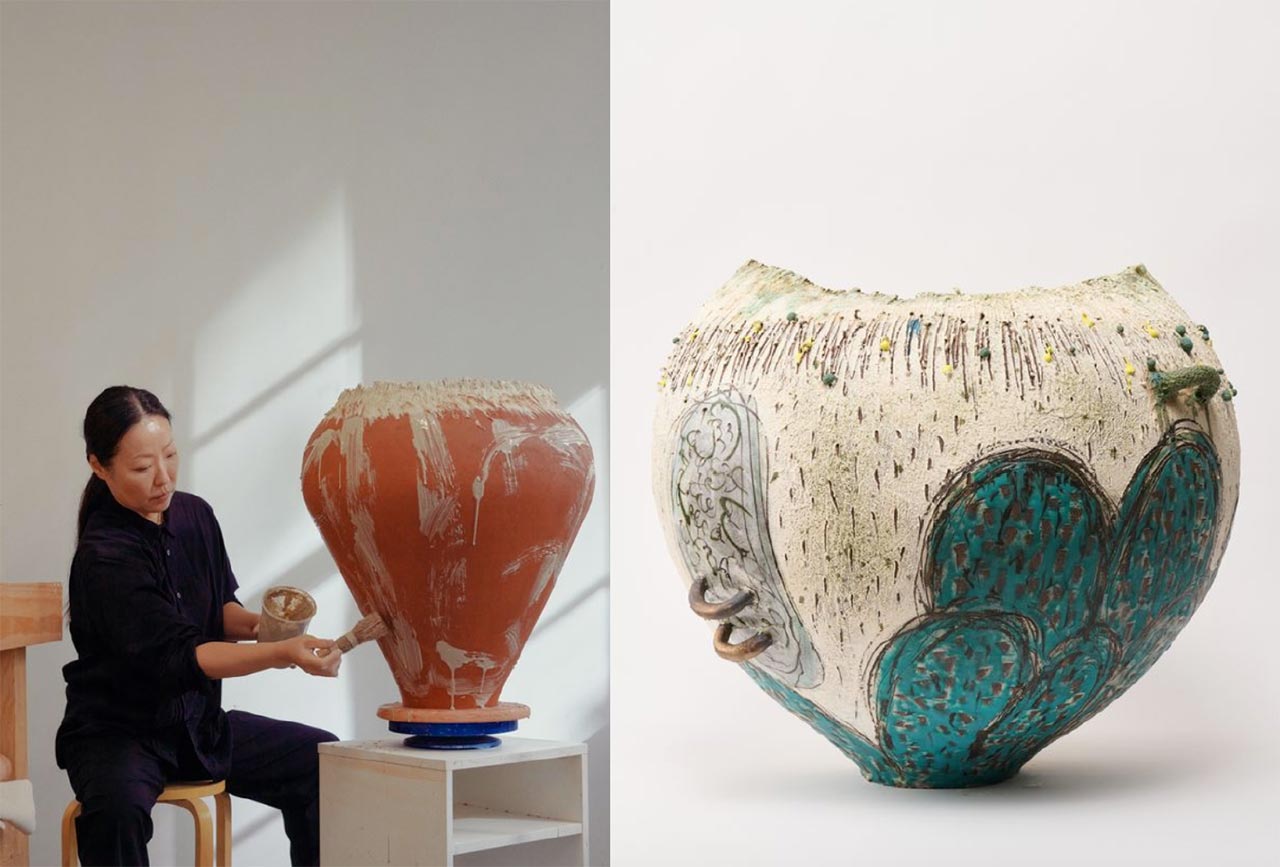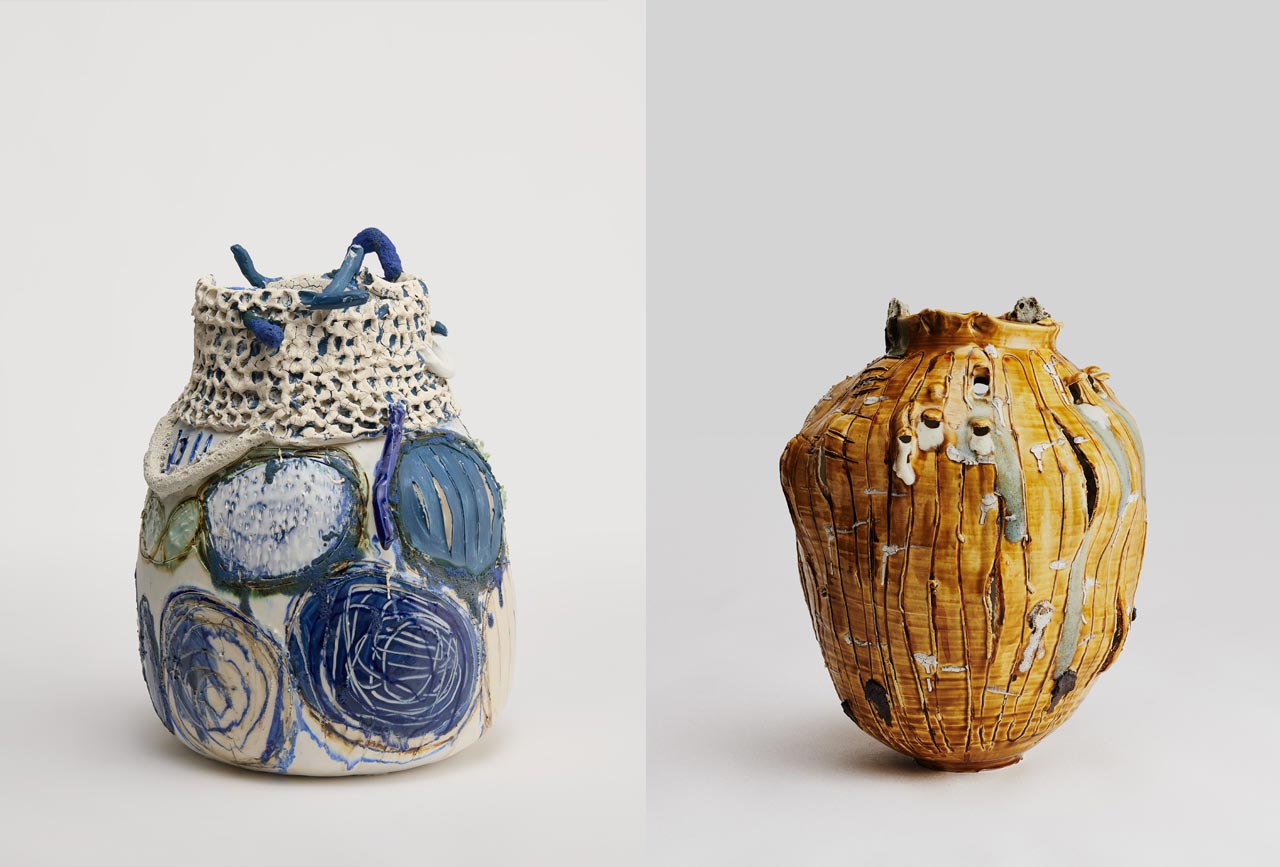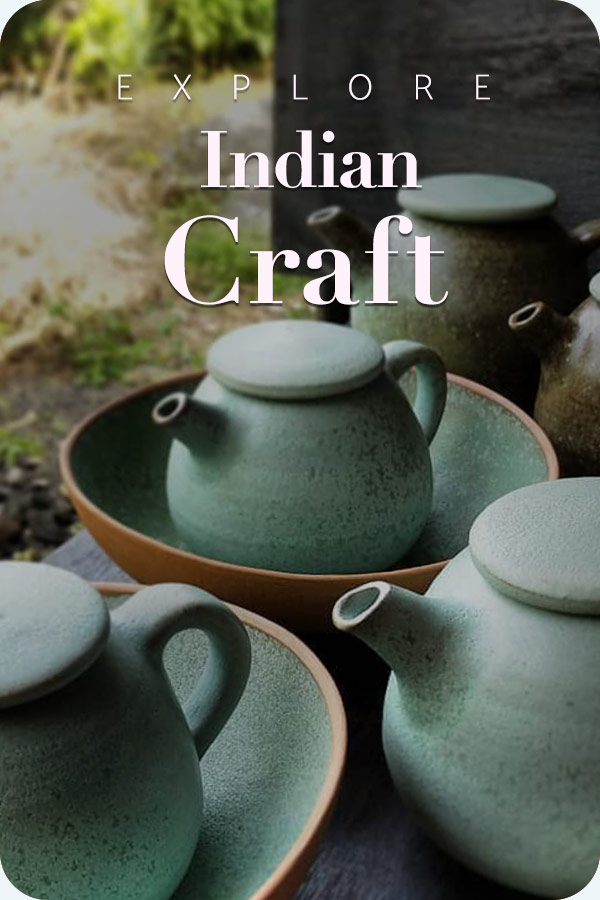
Nilaya Anthology, the ambitious cultural destination by Asian Paints, has unveiled “The Place That Waited,” the highly anticipated India debut exhibition of Korean-American ceramic artist Jane Yang-D’Haene. Inaugurated on November 12, 2025, the solo exhibition explores the dynamics of time, memory, and heritage by transforming clay into a medium for storytelling and personal introspection. Known globally for her innovative approach to clay, Yang-D’Haene creates works that personify memory, gesture, and calmness in a restless, fast-moving world.
The Artist and Her Canvas

Jane Yang-D’Haene is a trained ceramic artist known for treating clay as both collaborator and canvas. Her venture into ceramics is relatively recent, but she is very good at her craft, given her background in architecture and interior design. The emotional and physical experience of memory is central to her art, where she seeks to transform the intangible into the physical. The clay functions as an equal partner in her indulgence of creation. Her signature method involves repetitive gestures of slow pressing, pulling, coiling, and carving that eventually reveal a vessel. To her, clay is a mould of memories; it registers every moment, even the hesitation and the instances of stillness, while carving something out of it.
A key factor in her art is the dal hang-ari, or Korean Moon Jar, an iconic symbol of Korean cultural heritage known for its asymmetrical beauty. This jar was historically created by joining two wheel-thrown porcelain hemispheres. But Yang-D’Haene pushed its boundaries; her vessels do not resemble the smooth, polished objects of the Joseon Dynasty. Rather, she prefers to keep it extremely textured with fitful surfaces, as she experiments with glazes, multiple firings, and intentional ‘imperfections.’ This represents the fluidity of human conscience and experience.
Snapshots of the Exhibition

“The Place That Waited” is a revolutionary exhibition happening in Mumbai this season. It coincides with major ongoing events like Art Mumbai 2025. However, it is not just a display of ceramic vessels, but a deeply moving and contemplative experience, as each vessel has a story to impart. The title itself hints at the quality of clay as an archive. It is a material that holds the past even as it becomes something new in the hands of an artist. Many special pieces were designed keeping India in mind. It resulted in a series of vibrant representations spanning Harappan terracotta to the glazed traditions of Mughal workshops, from village potteries to contemporary studio ceramics. D’Haene’s vessels often display impressions that resemble scars, folds, or ancient erosions, featuring an urge to be uncovered, dissipating a vibe as if they have waited across generations to be unearthed. There exists an enigmatic duality in her craft. They feel both fragile and tough at the same time. This dualism reflects a deeper artistic philosophy deployed by the artist. The philosophy advocates that beauty lies in the space between formation and becoming.
Exhibition Details
| Event | Details |
|---|---|
| Title | “The Place That Waited” |
| Artist | Jane Yang-D’Haene (Korean-American Ceramic Artist) |
| Location | Gallery 1, Nilaya Anthology, Mumbai |
| Opening Date | November 12, 2025 |
| Featured Work | Exclusive collection of ceramic vessels, largely influenced by the Korean Moon Jar archetype. |
| Core Themes | Time, heritage, cultural memory, transformation, and the act of waiting to be met. |
| Availability | All pieces are available for purchase in-store. |
Key Highlights
- Exclusive body of work created for the India debut
- Deep engagement with temporality, where each piece appears shaped by both present gestures and ancient memory
- Transformation as a unifying theme, reflected in the organic deformation of surfaces
- Fusion of global influences, including Korean, Japanese, and South Asian ceramic sensibilities
- Tactile focus, with textures that emphasize the intimacy of touch
- Pieces available for purchase, making the exhibition accessible to collectors and enthusiasts
Takeaway

“The Place That Waited” can not be merely categorized as a commercial exhibition. It is a meticulous depiction of artistic maturity with philosophical endeavor. Her craft imparts the power of patience, the wisdom of materials, and the beauty of traditions carried forward by human hands. Her Indian debut poses a challenging counter-narrative and compels people to rethink the meaning of craft. Nilaya Anthology definitely secures its position as an influential custodian of art through this exhibition, as it seamlessly facilitated a timeless dialogue between tradition and innovation.
In a city as restless as Mumbai, this exhibition becomes a sanctuary, reminding people that beauty is not always loud, that heritage is not always monumental, and that transformation often takes place through the smallest gestures. If there is one message that lingers after you leave the gallery, it is this: What waits for us, whether in clay, memory, or time, often becomes what shapes us the most.







